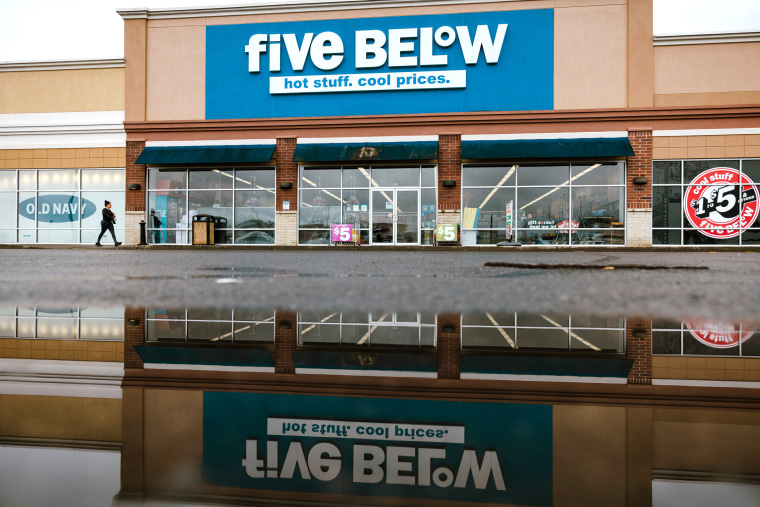Major retailers are backtracking on self-checkout systems, a trend that may come as a surprise to many consumers who have become accustomed to the convenience of this technology in recent years. The rise of self-checkout kiosks in supermarkets, big-box stores, and other retail outlets was initially hailed as a way to streamline the shopping experience, reduce labor costs, and give customers more control over their transactions. However, several major retailers are now revisiting their approach to self-checkout, with some even opting to remove these systems from their stores altogether.
One of the primary reasons cited for the reversal on self-checkout is the issue of theft. While self-checkout was intended to make the checkout process more efficient, it has also proven to be a target for dishonest shoppers looking to exploit vulnerabilities in the system. Studies have shown that theft rates at self-checkout kiosks are significantly higher than at staffed checkout lanes, leading retailers to rethink the cost-benefit equation of these systems.
Moreover, retailers have found that self-checkout may not always lead to the improved customer experience that was promised. Many consumers report feeling frustrated or confused by the technology, leading to longer wait times and increased likelihood of errors during the checkout process. This can result in a negative impact on customer satisfaction and loyalty, ultimately hurting the retailer’s bottom line.
Another concern that has prompted retailers to reconsider self-checkout is the impact on jobs. While proponents of self-checkout argue that it can free up employees to focus on other tasks, critics point out that widespread adoption of these systems can lead to job losses and reduced opportunities for human interaction in retail settings. As retailers face increasing pressure to prioritize customer service and create a more personalized shopping experience, the trade-offs associated with self-checkout are becoming more apparent.
In response to these challenges, some major retailers are scaling back their use of self-checkout systems or testing alternative approaches to enhance the shopping experience. For example, Walmart has reduced the number of self-checkout kiosks in some stores and introduced new technologies like Check Out With Me, which allows employees to handle transactions on the sales floor using mobile devices. This hybrid model aims to combine the convenience of self-checkout with the personalized service that customers value.
Overall, the shift away from self-checkout among major retailers reflects a broader reevaluation of the role of technology in the retail industry. While self-checkout has its benefits, including increased efficiency and reduced labor costs, it is clear that the human element remains essential in delivering a positive shopping experience. By striking a balance between automation and personalized service, retailers can adapt to changing consumer expectations and stay competitive in an evolving marketplace.

